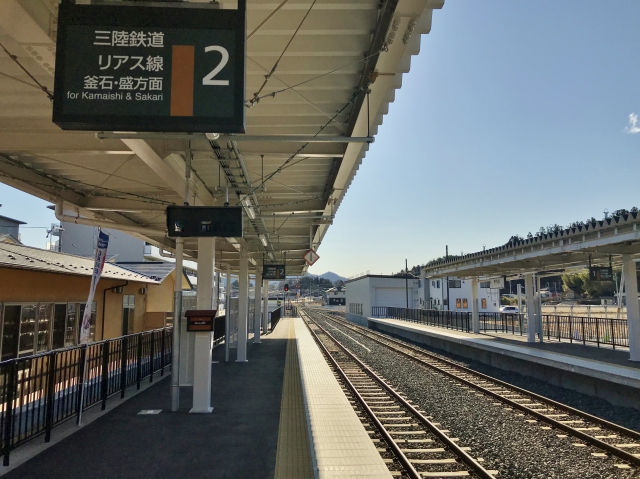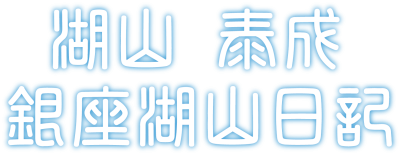What is disaster recovery

After the Hanshin-Awaji and the Great East Japan Earthquake, has reconstruction of the affected areas been achieved?
Have the vast reconstruction budgets been effectively utilized, and have the towns been rebuilt? Cruel as it may seem, towns are living entities, constantly undergoing renewal, which is how they are sustained.
There are no towns that remain preserved. Kyoto is not a city preserved for historical purposes.
Because it continues to accurately assess the value of past heritage while maintaining contemporary relevance, it remains fresh as a global tourist destination.
Ginza is the same.
Kanazawa will likely be the same.
In fact, the city that was regenerated after a major earthquake is Tokyo.
Why is that? I think it’s because there were far more newcomers than those who persevered there.
Population decline is already severe in rural areas. Especially in coastal disaster areas, the younger generations do not come in.
There are no workplaces, schools, or hospitals.
Young people with a future won’t gather in places with only land and government offices.
The realistic reproduction and reconstruction of the town by its residents is impractical. It’s painful to face that reality. Looking at the current situation of past disaster areas, it seems more about creating a new world than reconstruction.
So what kind of new world can Noto become? It’s understood that it’s still too early to think about it.
But it’s the responsibility of those in power to consider it.
Or perhaps it’s the job of urban planners for the future. Maybe historians.
Those of us in the field of medical welfare strive to save as many lives and support as many livelihoods as possible.
I envisioned Thunderbird as a ground-level army. Critics are unnecessary.
Those with wisdom should contribute their wisdom. Those without wisdom should contribute money.
Those with neither wisdom nor money should contribute sweat.
It’s a Vietnamese proverb that Koda Rohan liked to introduce. It might have been a saying of Ho Chi Minh.
Pulse oximeter 97/97/97
Body temperature 36.6 Blood sugar 196 Late night bread
Ground Forces Koyama Medical Welfare Group
CEO Yasunari Koyama
